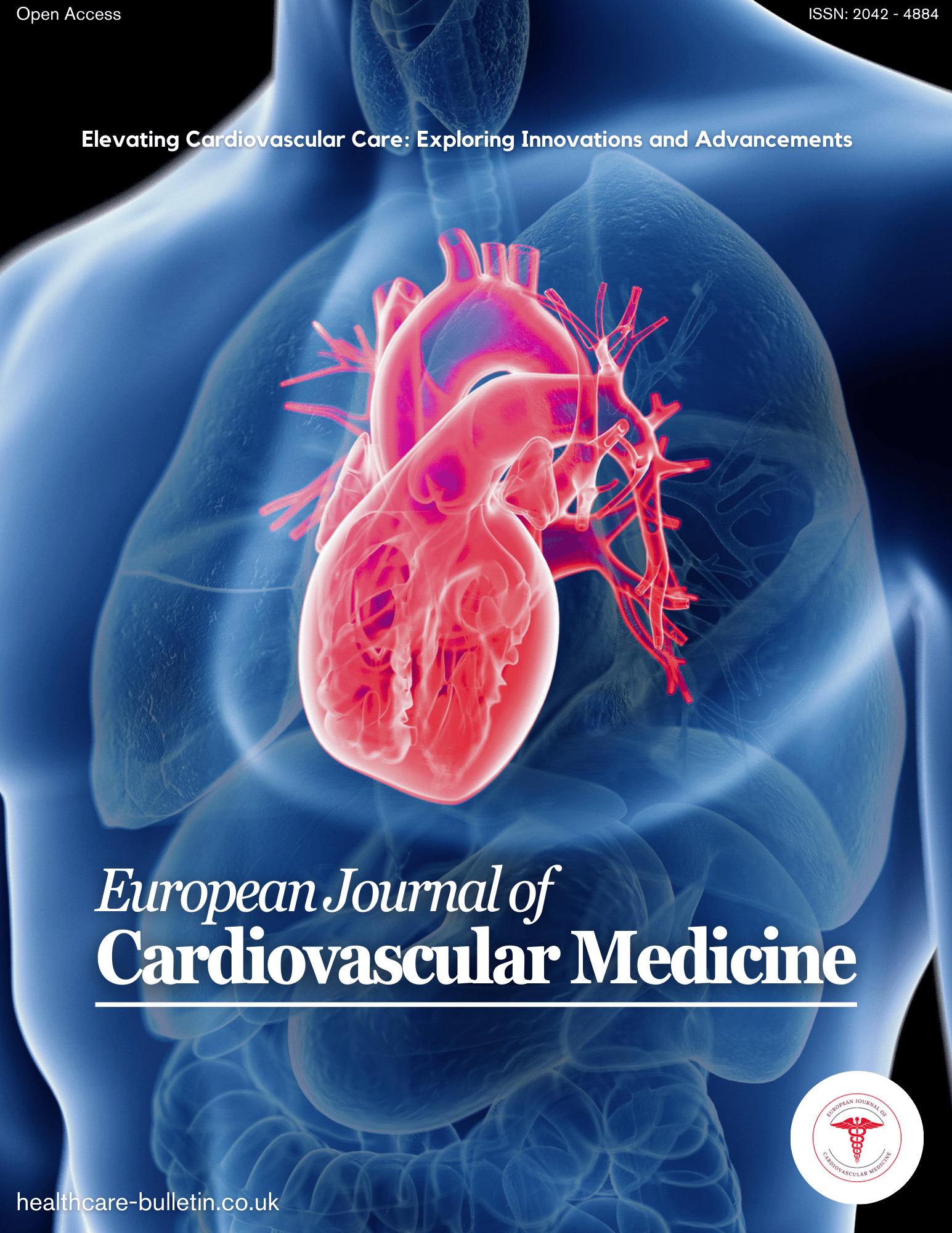Dyslipidemia, characterized by abnormal lipid levels in the bloodstream, is a major modifiable risk factor for cardiovascular diseases (CVD), including coronary artery disease and stroke [1,2]. Elevated levels of low-density lipoprotein (LDL) cholesterol, commonly referred to as "bad cholesterol," are particularly implicated in the pathogenesis of atherosclerosis, the underlying cause of most CVD [3].
Statins, a class of medications primarily targeting LDL cholesterol, have emerged as cornerstone agents in the management of dyslipidemia and the prevention of CVD events [4]. Among statins, rosuvastatin has gained prominence due to its potent LDL-lowering effects and favorable safety profile [5]. Clinical trials have demonstrated the efficacy of rosuvastatin in reducing LDL cholesterol levels and lowering the risk of cardiovascular events [6,7]. However, real-world evidence regarding the effectiveness and safety of rosuvastatin in routine clinical practice remains limited.
Observational studies play a crucial role in providing insights into the real-world utilization and outcomes associated with pharmacotherapies. By capturing data from diverse patient populations and clinical settings, observational studies complement findings from randomized controlled trials (RCTs) and offer valuable evidence on the effectiveness and safety of medications in everyday clinical practice [8].
In this context, we conducted an observational study to assess the effectiveness and safety of rosuvastatin in reducing LDL cholesterol levels among individuals with dyslipidemia. By examining real-world data, our study aims to provide practical insights into the clinical utility of rosuvastatin and its role in managing dyslipidemia and reducing cardiovascular risk.
Through a comprehensive evaluation of baseline characteristics, treatment outcomes, safety profile, compliance, and adherence, our study seeks to contribute valuable evidence to inform clinical decision-making and optimize the management of dyslipidemia in routine practice. Ultimately, our findings may help enhance the quality of care for individuals at risk of cardiovascular events and improve long-term health outcomes in the population affected by dyslipidemia.
Aim and Objectives
To evaluate the effectiveness and safety of rosuvastatin therapy in reducing LDL cholesterol levels among individuals with dyslipidemia attending Government Medical College, Suryapet.
Assess the change in LDL cholesterol levels following 12 weeks of rosuvastatin therapy.
Investigate the incidence of adverse events associated with rosuvastatin treatment.
Evaluate compliance and adherence to the prescribed medication regimen.
Explore secondary outcomes, including changes in total cholesterol, triglycerides, and HDL cholesterol levels

